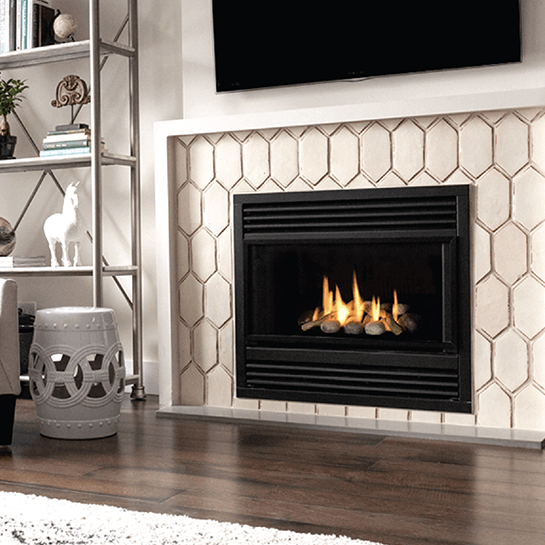Professional Chimney Sweep Services in Gaithersburg, MD and surrounding areas
Keep Your Chimney Safe & Efficient with Expert Cleaning
A well-maintained chimney is essential for the safety and efficiency of your home’s heating system. At MCP Chimney & Masonry, INC., we provide professional chimney sweep services in Gaithersburg, MD, ensuring your fireplace operates safely while preventing hazardous creosote buildup.
With over 25 years of experience, our certified technicians use industry-leading equipment to thoroughly clean your chimney, improving air quality and reducing fire risks. We proudly serve homeowners in Gaithersburg and surrounding areas, including Germantown, Rockville, Potomac, and Bethesda.

Importance of Regular Chimney Sweeping
Your chimney is crucial in safely venting smoke, gases, and other byproducts out of your home. However, over time, soot, creosote buildup, and debris can create hazardous conditions, increasing the risk of chimney fires, poor air quality, and carbon monoxide exposure.
The National Fire Protection Association (NFPA) recommends an annual chimney sweep and inspection to ensure your system is safe and efficient. Homeowners in Gaithersburg, MD, trust MCP Chimney & Masonry, INC. to provide thorough and professional chimney cleaning services that:
✅ Remove flammable creosote deposits that can cause chimney fires
✅ Improve heating efficiency by allowing proper airflow
✅ Eliminate blockages from leaves, nests, and debris
✅ Reduce carbon monoxide risks by ensuring straightforward venting
✅ Extend the lifespan of your chimney and fireplace
By scheduling a routine chimney sweep, you’ll protect your home and family from potential dangers while keeping your fireplace in peak condition.
Our Chimney Cleaning Process
At MCP Chimney & Masonry, INC., we follow a detailed, mess-free chimney sweep process to keep your home safe and your fireplace operating efficiently. Our CSIA-certified technicians use industry-leading tools to remove dangerous creosote, soot, and debris, ensuring your chimney is in top condition.
Step 1: Comprehensive Chimney Inspection
Before cleaning, we conduct a Level 1 chimney inspection to check for creosote buildup, blockages, and structural issues. This ensures your chimney is safe to use and compliant with NFPA standards. If we detect significant damage or hazards, we may recommend a Level 2 inspection for a deeper evaluation.
Step 2: Protective Setup & Preparation
We take extra precautions to protect your home from dust and debris, using drop cloths and high-powered vacuums. Our goal is to sweep the chimney thoroughly without leaving any mess.
Step 3: Creosote & Soot Removal
We use specialized chimney brushes and vacuums to remove creosote, soot, and obstructions from the chimney liner, smoke chamber, firebox, and damper. This process reduces the risk of chimney fires and improves airflow for better heating efficiency.
Step 4: Final Safety Check & Recommendations
After the sweep, we perform a final safety check to confirm that your chimney is clear and functioning properly. We’ll provide expert recommendations for repairs or maintenance if we detect any issues, such as cracks, loose mortar, or damaged chimney liner.
Step 5: Post-Service Overview & Next Steps
Once the cleaning is complete, our team ensures your home is left spotless with no mess or debris. If we identify any potential concerns during the sweep, such as chimney liner damage or cracks in the masonry, we’ll provide a clear explanation and recommend the next steps.
We also encourage homeowners to schedule annual chimney inspections to avoid unnecessary maintenance and ensure their fireplaces are safe for every season.


What’s Included:
- Thorough cleaning of the chimney’s flue to remove soot and creosote buildup
- Comprehensive inspection and cleaning of the smoke chamber (a Level 1 Safety Inspection is included with every chimney sweep MCP Chimney performs)
- Cleaning of the chimney’s smoke shelf to ensure proper airflow and efficiency
- Deep cleaning of the firebox to remove ash, debris, and flammable residue
